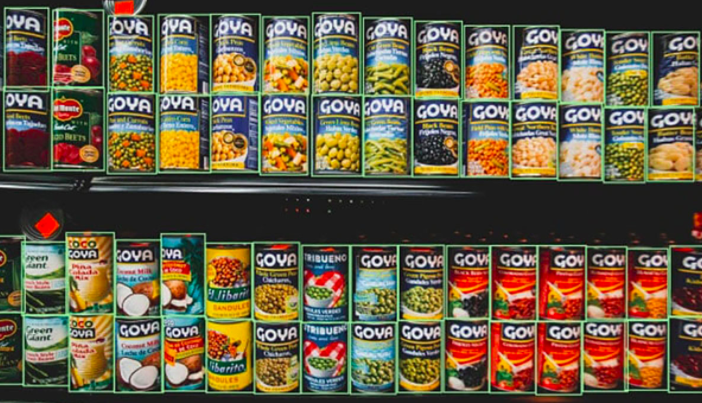
Engineers want an AI model to identify objects accurately, and the best way is not to use the code to describe an object, but build a good deep machine learning model to read an object. Engineers can use images that objects have been marked out from the image, then throw them into the AI model training. So the AI can “naturally” won the recognition capacity.
In the AI field, the process of turning raw data into data available to algorithms has a technical term called “data labeling “, and the process of finding raw data also has a technical term called “data collection”.
At present, data collection and labeling are mainly divided into visual (picture and video), audio, and text data.
The principle of Machine learning technology can be understood with the example of a big man teaching a small child:
Visual — used to train the image recognition system, which is equivalent to adults using pictures to show kids text or using cartoons (videos) to teach children to understand various objects.
Audio — used to train an audio recognition system, which is equivalent to teaching children to talk through conversations.
Text — Used to train systems such as semantic comprehension, equivalent to teaching a child to read.
How fast a child learns depends on two things:
1. “The child’s talent”
2. “The number of times cognitive enhancement”
The strength of an AI system depends on two things:
“1. The quality of the algorithm model”
“2. The quantity and quality of training data”.
Now many companies in the field of AI are using similar algorithms, many even are using the same open-source project.
In other words, the amount of data and the quality of the data used in algorism training can play a decisive role in the case of similar talents.
How important it is for some autopilot systems to accurately identify every object on the road!
There could be a dog jump out anytime when you were automatic piloting, or the ground appears a lump or hole… In the early stage, most of the objects that need to be accurately recognized need a lot of materials marked with high-quality data to be trained.
Moreover, the more detailed the labeling, the higher the safety and stability of the automatic pilot system.
“In addition to visual recognition, there is also a huge need for data acquisition and labeling in areas such as speech recognition and text recognition.”
For example, we may find that the voice recognition function is particularly accurate, even if there is background noise, or even if there is a slight dialect accent.
Behind this is a large number of scene-based audio training, such as the special distinction of kids’ and elders’ voices, local dialects, accents, outdoor noise marking, etc…
From this perspective, an AI system is like a hungry baby, waiting for the data to feed, and it wants the best-labeled data.
